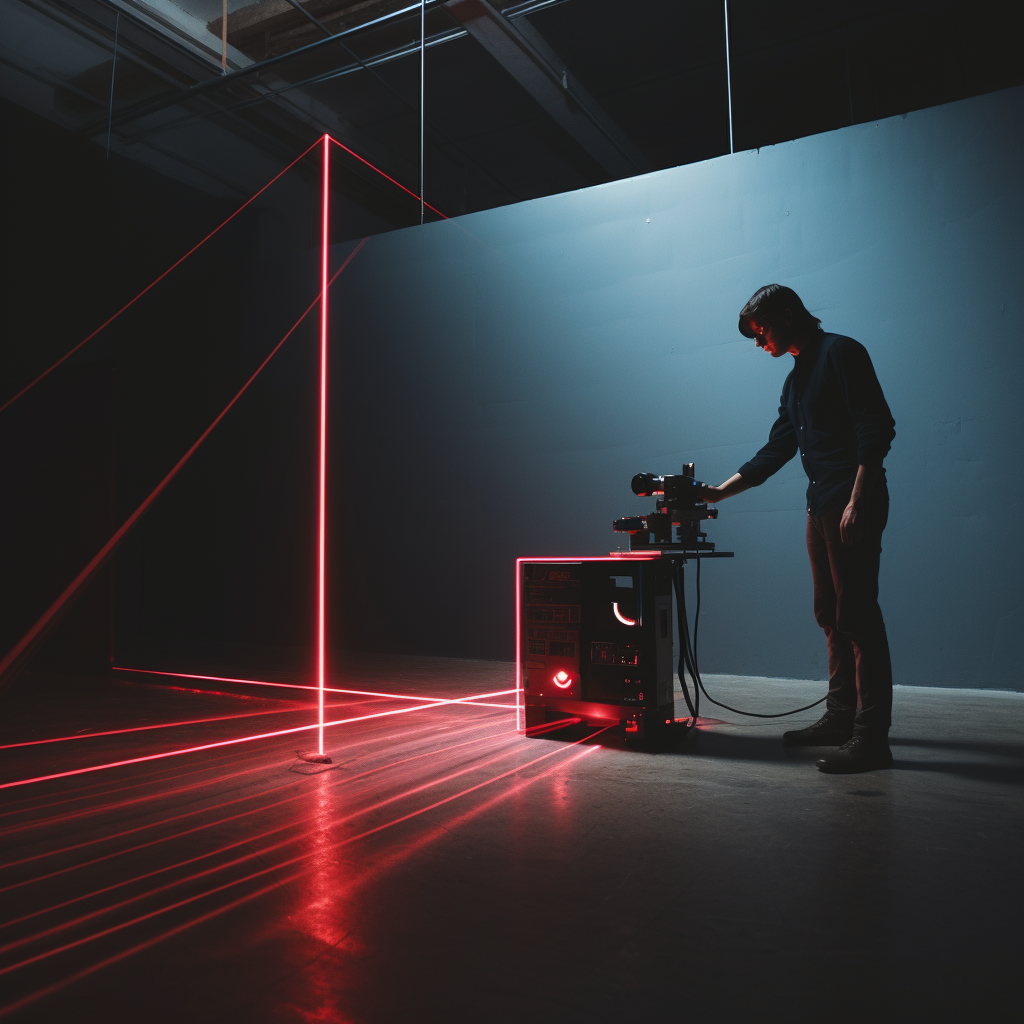As technology continues to advance, measuring tools have evolved in terms of precision, convenience, and application areas. Laser rangefinders, as an emerging measurement device, offer significant advantages over traditional measuring tools (such as tape measures and theodolites) in many aspects. This article will provide an in-depth analysis of the differences between laser rangefinders and traditional tools, focusing on measurement accuracy, ease of use, application range, and technological costs.
1. Measurement Accuracy
Measurement accuracy is the core indicator for evaluating the performance of any measuring tool. The accuracy of traditional tape measures and theodolites depends on the operator’s skill and the physical characteristics of the tool. Tape measures are suitable for measuring relatively short distances, but as the distance increases, accuracy can be affected by human error, tool wear, and environmental factors. Theodolites, while accurate in angle measurement, rely on external reference points for distance measurement.
In contrast, the advantage of laser rangefinders lies in their use of laser pulse technology, which calculates the distance to the target object by measuring the time it takes for the laser to travel from emission to reflection. The measurement accuracy of laser rangefinders typically ranges from 1 millimeter to a few millimeters, far superior to traditional tools, especially over long distances. This makes them indispensable in situations requiring high precision, such as building surveys, interior design, and industrial automation.
2. Ease of Use
Traditional measuring tools, especially tape measures, are relatively simple to operate, but long-distance measurements often require two people—one to hold one end and the other to stretch the tape for measurement. Additionally, the bending and stretching of the tape during long-distance measurements can affect accuracy. Theodolites require professional skills to operate and must be mounted on tripods and aligned with the target through a viewfinder, making the process time-consuming and labor-intensive.
Laser rangefinders, on the other hand, are designed to be more intelligent and user-friendly. The operator only needs to aim at the target and press a button, and the rangefinder will quickly and automatically display the result—usually requiring just one person. This convenience is especially significant when measuring difficult-to-reach positions (such as at heights or behind obstacles). Furthermore, modern laser rangefinders are equipped with functions such as data storage, angle measurement, area, and volume calculation, greatly enhancing flexibility in use.
3. Application Range
The application scenarios of traditional measuring tools are generally limited by their physical characteristics. Tape measures are mainly used for indoor measurements, short distances, and simple construction tasks. Theodolites are widely used in topographic surveys, construction site planning, and other fields, but their complex operation and reliance on environmental factors limit their use in certain special situations.
Laser rangefinders, however, have much broader application scenarios. They can be used not only for conventional measurements in construction and interior design but also in outdoor activities such as golfing, hunting, and hiking for precise distance measurement. Additionally, laser rangefinders are increasingly being used in high-precision fields such as military, autonomous vehicles, automation control, and bridge construction. For example, in autonomous driving technology, laser rangefinders, working in conjunction with LiDAR, help vehicles accurately measure the distance to surrounding obstacles in real-time, ensuring safe driving.
4. Technological Costs and Availability
One obvious advantage of traditional measuring tools is their low cost. Tape measures and simple theodolites are affordable and widely available, making them suitable for budget-conscious users or those needing simple measurements. However, complex theodolites can be expensive and require professional training, making them less economical for small projects or individual users.
Laser rangefinders, especially high-precision industrial-grade devices, are relatively expensive. However, with technological advancements and increasing market competition, the price of laser rangefinders has been gradually decreasing, making them more affordable for consumers and small businesses. Despite the higher initial investment, their efficient and accurate performance can save a significant amount of time and labor costs over long-term use. Thus, for situations requiring frequent measurements or high precision, laser rangefinders are undoubtedly the better choice from a cost-effectiveness perspective.
In conclusion, laser rangefinders outperform traditional measuring tools in terms of measurement accuracy, ease of use, and application range, making them particularly suitable for high-precision and complex environments. However, for simple day-to-day tasks, traditional tools still have some advantages, especially in terms of cost and ease of use. As laser technology continues to advance and prices drop, laser rangefinders are likely to become the preferred tool for more industries and individuals, further driving innovation in the measurement industry.
Lumispot
Address: Building 4 #, No.99 Furong 3rd Road, Xishan Dist. Wuxi, 214000, China
Tel: + 86-0510 87381808.
Mobile: + 86-15072320922
Email: sales@lumispot.cn
Post time: Oct-28-2024

